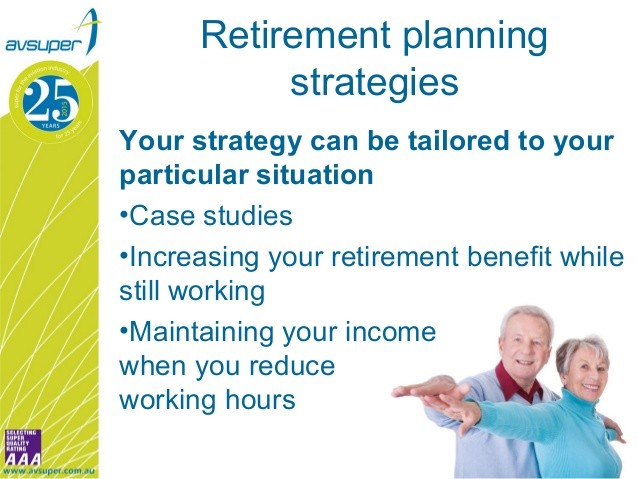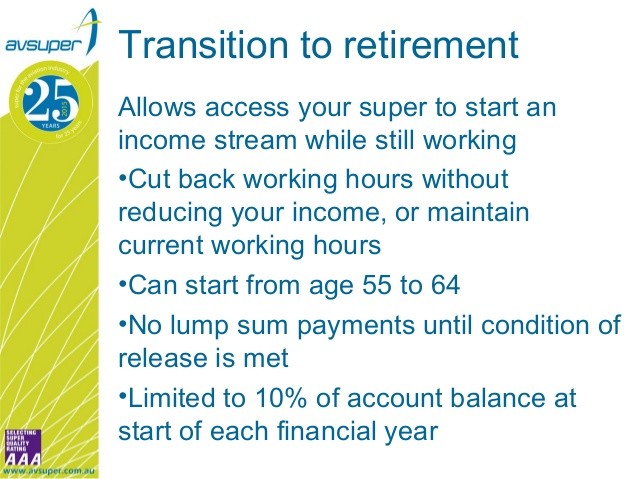Retirement Planning in Your 60s Maintaining Your Retirement Plan
Post on: 17 Апрель, 2015 No Comment

Retirement planning in your 60s may be less about planning, and more about doing. You’re now beginning to enter the traditional retirement years, so this is more about fine-tuning your plans than anything else. Dont worry if youre not quite ready, well show you a few ways to delay retirement while you build your retirement savings or create other income streams.
This is it!
You made it!
For most people, living in retirement will be about more than just withdrawing money from your retirement portfolio. You’ll most likely have Social Security to supplement your income. as well as Medicare to help reduce your health care costs. If you own your home free and clear of any mortgages, this will be another source of cash flow in the form of a greatly reduced major expense.
If you have any assets beyond your retirement plans, you can either use them to supplement your income or as a large emergency fund so that you don’t have to dip into your retirement portfolio prematurely. An absence of debt will also improve your cash flow by reducing your living expenses.
The less money you need to live on, the less you’ll have to draw down your retirement portfolio. This is vitally important! People are living longer in retirement than ever before. You will most likely have to be able to fund your retirement for decades, not years. Capital preservation of your retirement portfolio now becomes one of the main goals of your financial planning.
Your Portfolio Allocation in Your 60s
Sample Asset Allocation (Vanguard)
When you enter your 60s, your retirement portfolio allocation should become decidedly more conservative. Based on an allocation used by Vanguards target date retirement funds. your portfolio should consist of a mix of 55% in stocks, and 45% in bonds.
This kind of a mix will enable you to continue to participate in growth through the stock market, while minimizing your risk from market shocks. The 45% bond allocation will enable you to preserve your capital during downturns to move back into stocks when the market begins to recover.
Your 60s is the decade where your asset allocation will change the most depending on your situation.
Pay special attention to your asset allocation in your 60s. The example given above shows a sample asset allocation for someone who is still a few years away from retirement (based on Social Security retirement age). Your asset allocation should be based upon your risk tolerance and your retirement timeline. For example, if you plan on working another decade, you may be able to be slightly more aggressive. If you have already entered retirement, you may opt to be more conservative.
How to manage your asset allocation across multiple accounts: Its important to look at your entire investment portfolio as one large bucket when you balance your investments. An easy way to help perform a asset allocation across your entire investment portfolio is with a free tool called Personal Capital. This powerful tool can help you see how your investments work together. You can learn more in our Personal Capital Review. or sign up for a free account at their site .
What if Your Retirement Portfolio isnt Quite Where You Want it to be?

Let’s say you reach your 60s, and it’s pretty clear that your retirement portfolio will not be large enough to enable you to have a full retirement. This can come about for a variety of reasons. You may not have been able to make large enough contributions throughout your life, or you may have started retirement savings fairly late in life, or investment returns werent what they should have been. What ever the situation, you do have options that you can pursue to make up for lost time .
Delay your retirement. This is probably the most effective strategy if your retirement portfolio is not what it should be. By delaying your retirement from say 65 until 70, you will give yourself five extra years to not only to save up additional funds, but also to continue earning investment income on your portfolio. You will be:
- continuing to increase your portfolio,
- not reducing it by making withdrawals for living expenses, and
- reducing the amount of time that you will be drawing on the portfolio by five years.
This type of delay is often all you need to do in order to shore up your retirement portfolio.
Semi-retire for the first few years. If you have a career or business that you can continue working in while you are retired, you may be able to set up some sort of semi-retirement that will enable you to at least partially survive on earned income. This can be a particularly effective strategy because it can enable you to delay drawing down funds from your retirement portfolio. And it will be even easier once you begin collecting Social Security income.
Cut your expenses as much as possible. Another effort, but one that generally works better in combination with other approaches, is to cut your living expenses as much as you are able. This will allow you to save more money for retirement, but it will also help you to learn to live on less. If you can, your retirement portfolio may ultimately be able to provide you with sufficient income to fully retire. It’s can be especially effective if it’s used in combination with a delay in retirement.
Start a business. Depending upon how far short you are in your retirement savings, you may want to consider having some sort of a business venture that you can continue to work in for the rest of your life, at least on a part-time basis. Not only will this supplement your income, but you can also set up a retirement plan to attach to your business, such as a SIMPLE IRA. In that way you can continue to build retirement assets, at least until you reach the age of 70 ½, when retirement contributions will no longer be permitted.
If you are in your 60s now, what retirement planning advice would you give to anyone earlier in life?
More in this series:














